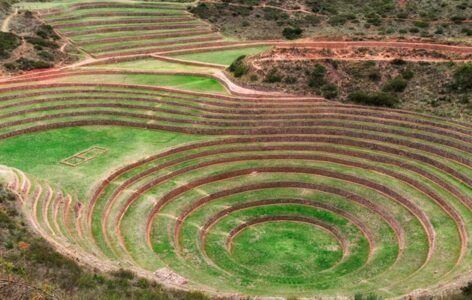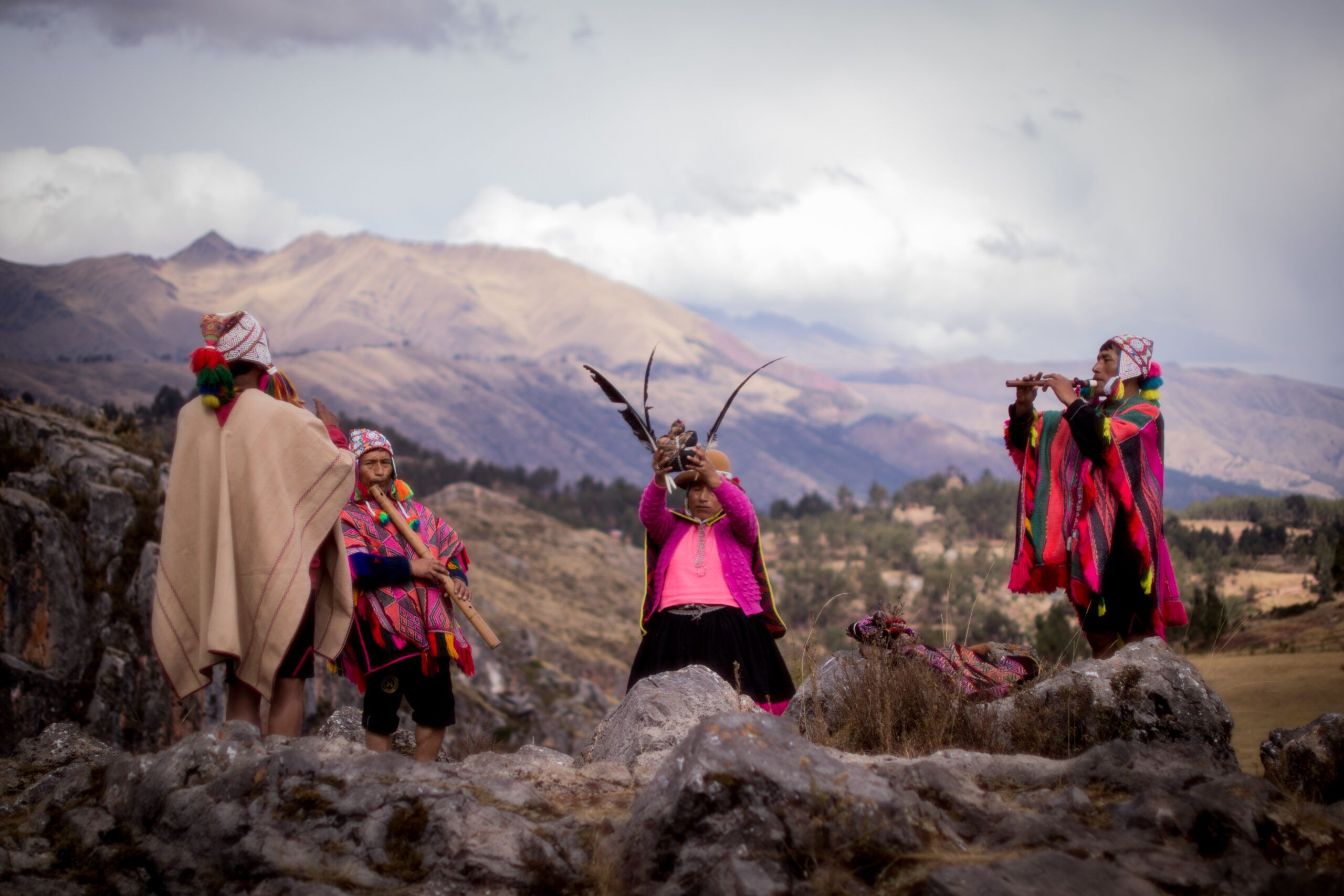The Andean path is not a religion or a trend; it is a way of life rooted in sacred reciprocity, living in harmony with Pachamama, and listening to the wisdom of the Apus.
In a world dominated by noise and speed, many people are hearing a different kind of call—one that comes from the mountains, the wind, and their own ancestral memory.
But how do you know if this path is calling you?

What is the Andean Path?
The Andean spiritual tradition, also called the Inca path, originates in the highlands of Qosqo (Cusco), the heart of the ancient Inka empire. Rather than dogma, it offers a cosmology based on energy, connection, and balance.
At its core, it honors:
Pachamama – Mother Earth

The threefold path of Yachay (wisdom), Munay (love), and Llankay (service).
Tayta Inti – Father Sun
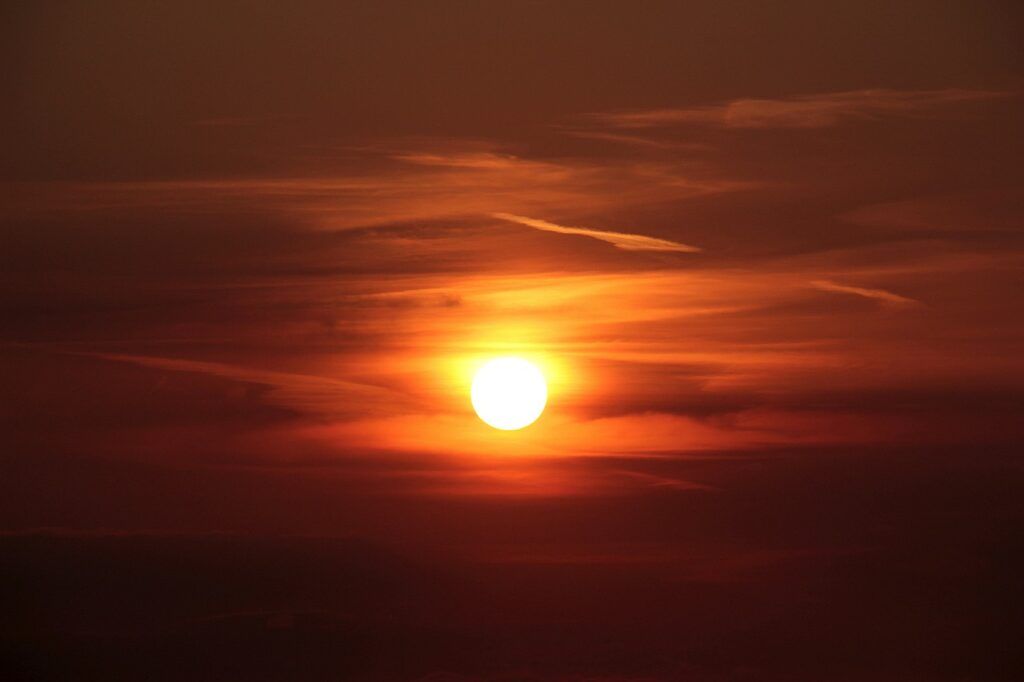
The Apus – Sacred mountain spirits

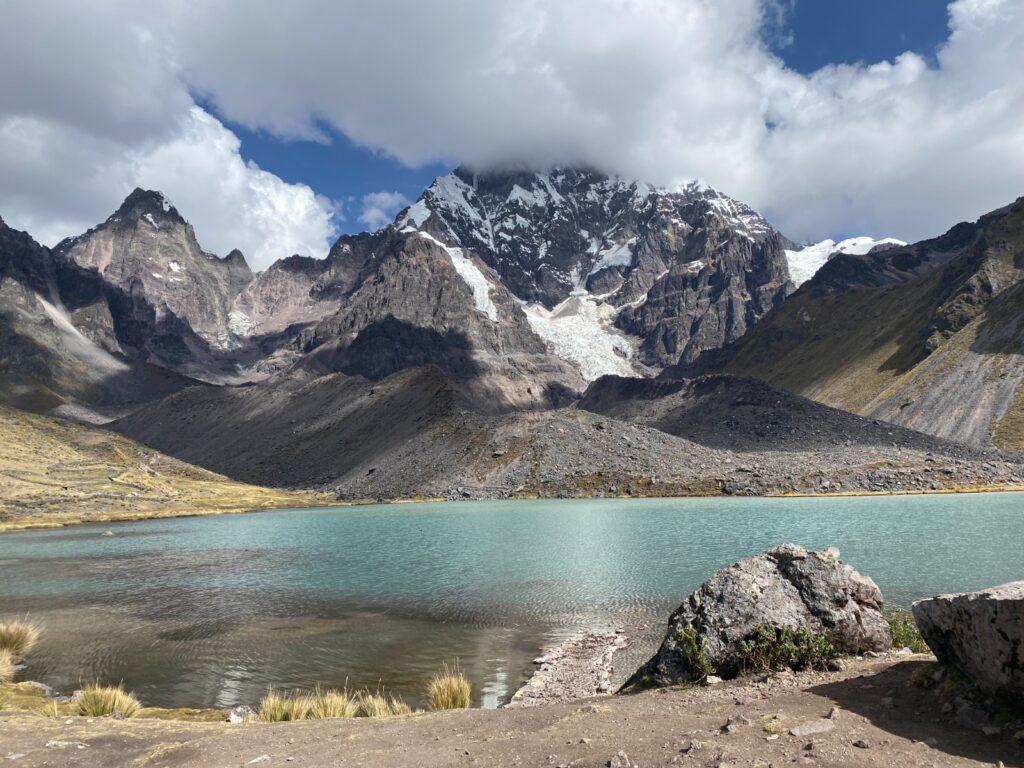
Rather than escaping the world, the Andean path teaches us to inhabit it fully—in Ayni, or sacred reciprocity with all beings.
“This is not a philosophy—it’s an energetic path that connects us to the living world,” writes Joan Wilcox (2004).
Signs You’re Being Called to This Andean Path
The calling doesn’t always come with clarity. Sometimes it’s a feeling, a dream, or a synchronicity. Here are common signs people report:
1. Dreams of Mountains, Animals, or Light
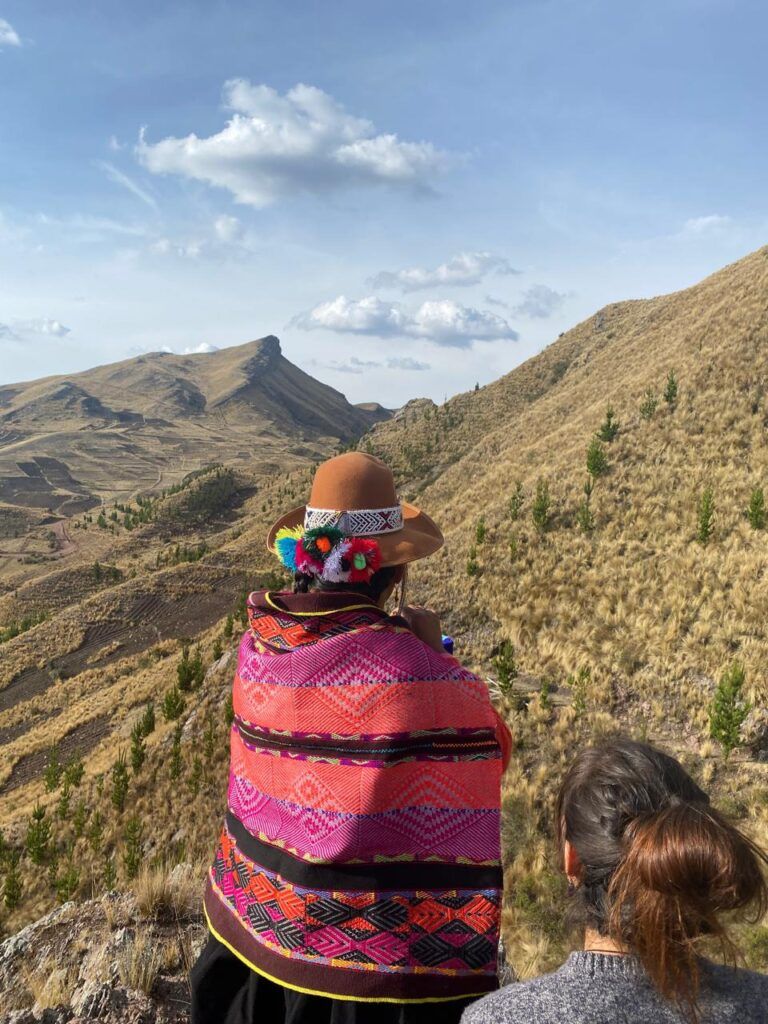
You may see condors, snakes, or pumas—symbols of the three Andean worlds. Or you dream of being in the mountains without knowing why.
2. Deep Emotional Responses to Sacred Places or Sounds

Hearing Andean flutes or seeing images of Machu Picchu, Pisac, or Saqsaywaman may bring you to tears, without logic—your body remembers before your mind does.
3. Obsession with the Andes, Nature, or Earth-Based Ritual

You feel an unexplainable longing to connect with Pachamama, to offer thanks, or to walk barefoot on the land. You may be drawn to the number three, the chacana, or coca leaves.
“Those who are called often don’t understand why at first—but the mountains have memory, and they remember you.”
(Wilcox, 2004)
What You Need (and Don’t Need) in Andean Path
Many ask: Do I need to be Peruvian or Indigenous to walk this path?
The answer from most authentic teachers is no—but you must walk with respect, humility, and integrity. This is not a path for ego or consumption; it is a path of service and remembering.

You don’t need:
- Fancy clothes or Quechua fluency
- To leave your job or live in Peru
- To be perfect
You do need:
- Commitment to Ayni and the natural world
- A sincere heart
- A willingness to unlearn and listen
“To walk the Andean path is to be in sacred service to life, not just to your own healing,” says Oscar Miro-Quesada (2010).
How to Start Walking through Andean Path
If you feel called, here are gentle ways to begin:
1. Visit Sacred Sites
If possible, travel to places like Qoricancha, Apu Ausangate, or Ollantaytambo. Let the land teach you.
2. Receive a Karpay
A Karpay is an energetic initiation transmitted by a Pampamisayoc or Altomisayoc. This sacred seeding helps align you with the path.
3. Begin Daily Rituals
Start offering despachos, talking to the Apus, or honoring the moon and sun. Light a candle with intention. Speak to the earth. These small acts build a sacred relationship.
4. Connect with a Teacher or Lineage
Look for teachers rooted in authentic Andean lineage—especially those connected to the Q’ero or other mountain communities. Integrity matters.
Closing Thoughts
The Andean path isn’t about becoming someone new—it’s about remembering who you already are. If you’re being called, it’s likely because this path already lives in you. You are not alone. The mountains are waiting.

“This path is not linear. It is circular, spiraling, like the winds of the Andes. And it is always welcoming those who arrive with Munay.”
(MacLean, 2012)
Bibliography
- Wilcox, J. (2004). Keepers of the Ancient Knowledge: The Q’ero Mystics of Peru. Vermont: Inner Traditions.
- MacLean, K. (2012). The Shape of the Inka Heart: Wisdom from the Q’ero Masters. UK: Heart of the Andes Press.
- Miro-Quesada, O. (2010). Lessons in Courage: Peruvian Shamanic Wisdom for Everyday Life. Boulder: Sounds True.
- Tola, F. & Dragonetti, C. (1997). Pensamiento Mítico Andino. Buenos Aires: Biblos.

